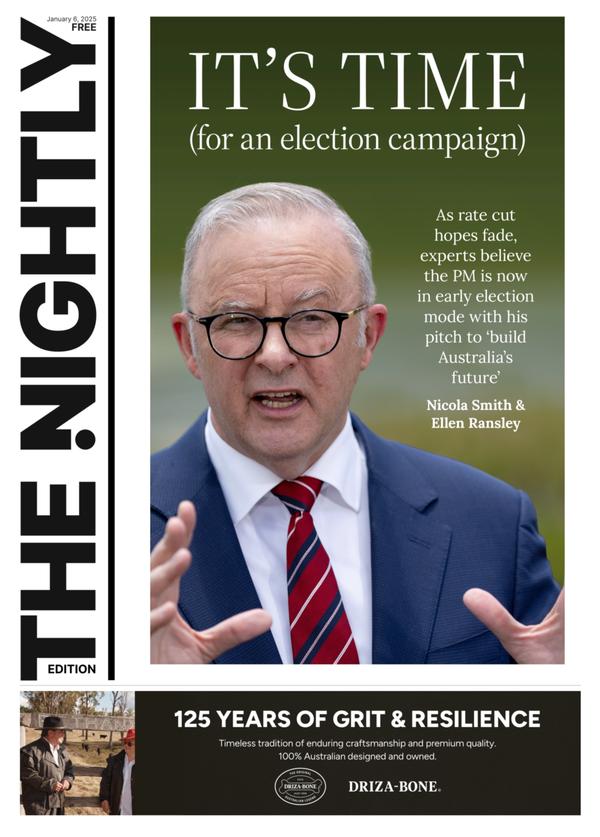‘The key to becoming rich’: How to conquer a money bias that could be holding you back, from a financial psychologist
If you’re like most people, you likely know that you need to make a few key moves to get your finances on track. You just haven’t quite gotten around to it yet.
Those who feel stuck in the mud financially can take some solace in the fact that they come by it honestly.
That’s because humans have evolved to generally avoid risk and prefer things the way they are, a phenomenon known as status quo bias, says Brad Klontz, a certified financial planner, financial psychologist and author of Start Thinking Rich.
Sign up to The Nightly's newsletters.
Get the first look at the digital newspaper, curated daily stories and breaking headlines delivered to your inbox.
By continuing you agree to our Terms and Privacy Policy.“We have an aversion to making changes,” he says. “In general, it requires thinking, it requires energy and activity. And we are cognitively lazy, essentially.”
What’s more, dedicating money and resources to paying off debt or saving for retirement requires delayed gratification — setting money aside that you could otherwise spend now in service of a future goal.
To counteract these forces, you’ll have to put systems in place that can excite and motivate you enough to counteract financial inertia, Klontz says. It’s hard, but “it really is the key to becoming rich.”
Automate your goals with purpose
For many people, the status quo is some version of spending their money as soon as it hits their bank account. If you’re stuck in that sort of rut, the key to getting out is deciding what you’d like your money to be doing for you instead.
“Step one is having a super exciting vision of why you’re doing this. What are your financial goals?” says Klontz. “You’re delaying gratification, which you’re not wired to do. So you have to have a compelling vision that you’re emotionally attached to.”
That could include long-term goals, such as retirement, medium-term plans like buying a house, or even pressing needs for financial stability, such as getting out from under debt or establishing an emergency fund.
Once you have that laid out, it’s much easier to establish a spending plan that carves out money to put toward your various goals.
Klontz suggests using separate accounts for each of your major goals and giving them names. If you’re saving for a vacation, for instance, you might call the savings account “Family trip to Italy 2025” on your bank account’s online dashboard.
“It’s a really important hack,” Klontz says. “It’s no longer just an account with money in it, since there is an emotional attachment to the goal.”
After you’ve set up your accounts, set money to transfer to them automatically, either straight from your paycheck or via automatic transfer from a checking account. At that point, you can comfortably return to a status quo, knowing that your money is working toward your goals, safely out of sight and out of mind.
“If you rely on yourself to every month to check and see how much money you have left, and then write a check to one of these goals, it’s going to fail,” Klontz says. ”(Automation) basically takes away all the friction so you never have to think about it.”
Originally published on CNBC
